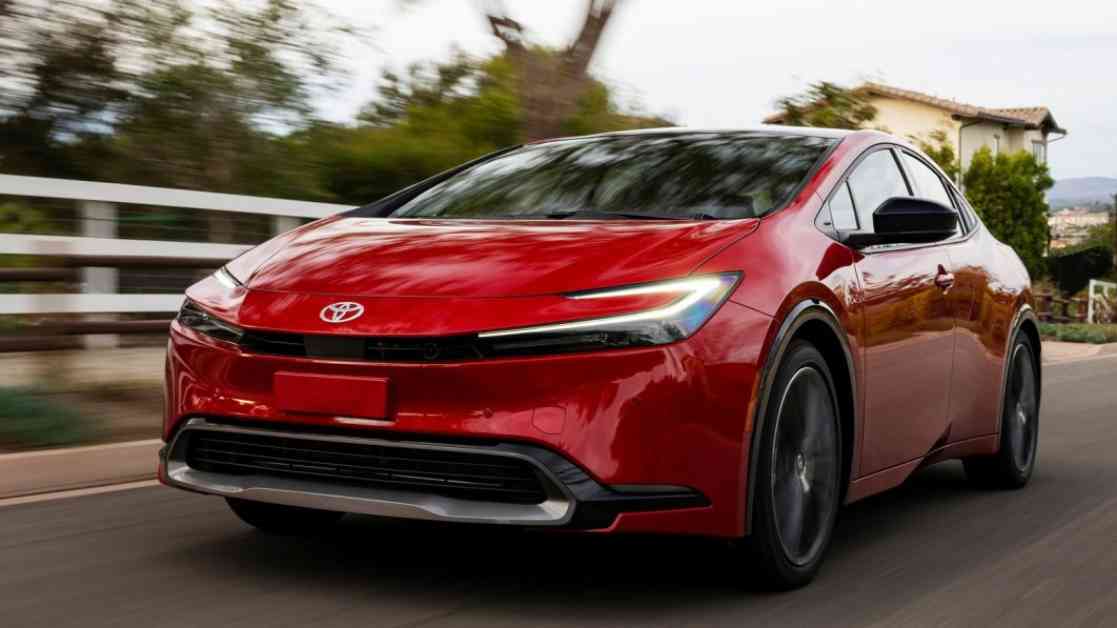Hybrid cars have become increasingly popular over the years, with the Honda Insight and Toyota Prius leading the way in the 1990s. These vehicles combine an electric motor and a gas engine to provide power to the wheels, resulting in improved fuel economy and reduced emissions. In fact, hybrid and fully electric cars accounted for 16.3% of U.S. car sales in 2023, with hybrids outselling pure EVs.
The design and production of hybrid cars are more complex compared to traditional ICE vehicles or pure electric vehicles. Hybrid cars blend both ICE power and electric power, offering drivers the benefits of both worlds. There are different types of hybrid cars, including mild hybrids, parallel hybrids, series hybrids, and plug-in hybrids. Mild hybrids, for example, provide incremental assistance when accelerating from a stop but offer only a slight gain in fuel economy.
When it comes to hybrid cars, they are commonly categorized as serial or parallel hybrids. Parallel hybrids, like the Toyota Prius, use both the ICE engine and electric motor to provide power, while serial hybrids, like the Chevrolet Volt, rely on the ICE engine to charge the battery pack, which then powers the electric motor. Some cars, like the Honda Accord Hybrid, can operate in both parallel and series modes.
Plug-in hybrids offer the ability to charge the onboard battery by plugging in an external power source, providing extended electric-power-only driving range compared to conventional hybrids. Many vehicle models now offer hybrid options, from hatchbacks like the Toyota Prius to SUVs like the Toyota RAV4 and even pickup trucks like the Ford F-150 and off-roaders like the Jeep Wrangler.
It’s important to note that cars powered solely by internal combustion engines are not considered hybrids. These vehicles rely on ICE power without any electric drive, unlike hybrid cars. On the other hand, electric cars completely eliminate the combustion engine and operate solely on electric power, contributing to reduced carbon emissions and environmental impact.
As the automotive industry continues to evolve, hybrid cars serve as a bridge between traditional ICE vehicles and fully electric cars, offering drivers improved fuel economy, reduced emissions, and a practical driving range. With advancements in technology and increasing consumer interest, hybrid cars are expected to play a significant role in the future of transportation.










